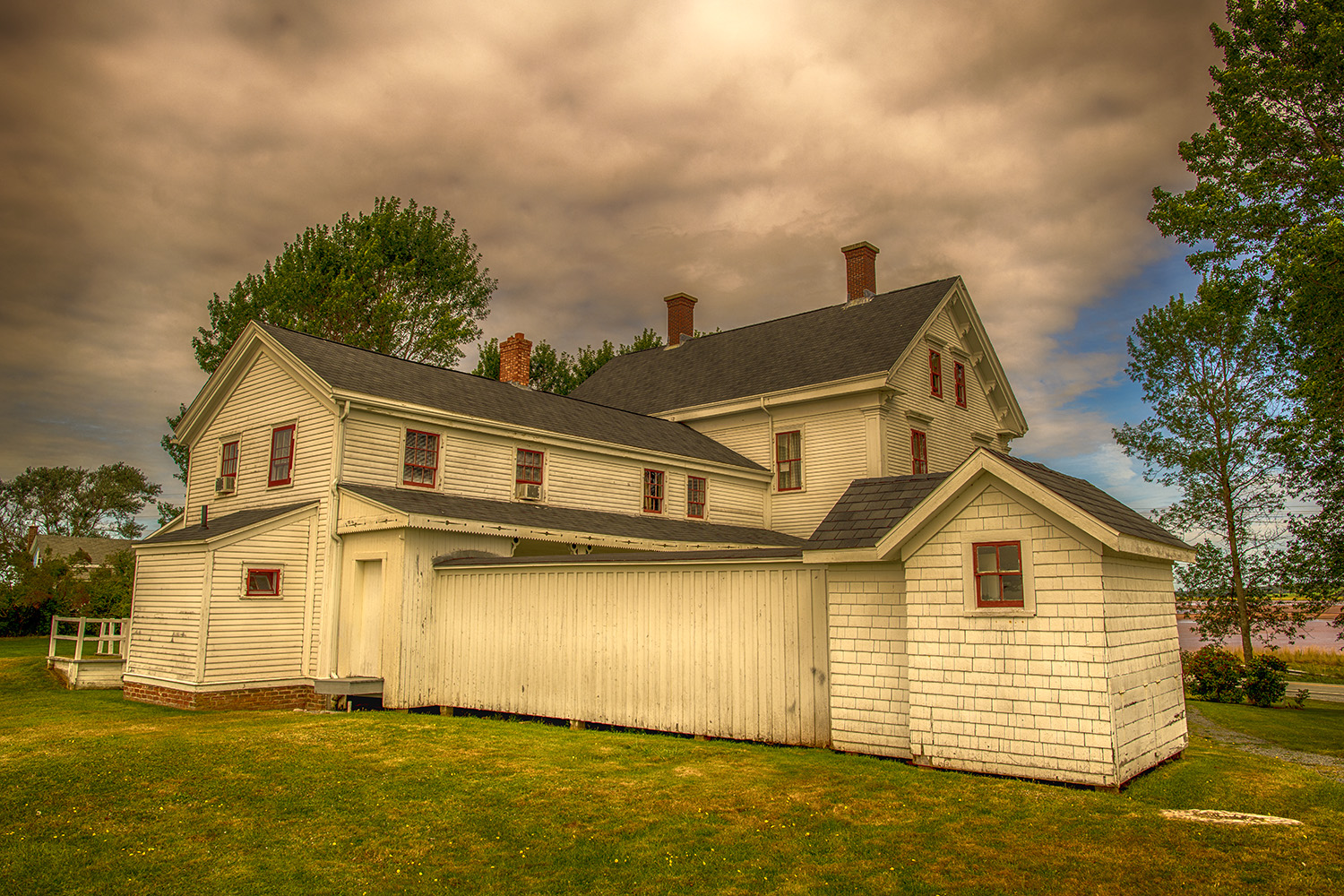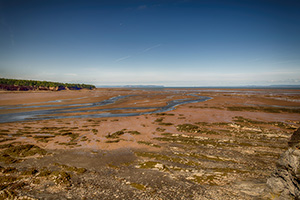
The Lawrence House, Maitland, NS
Lawrence House
So, here’s something you don’t see every day – a wonderful example of Nova Scotian “Bluenose” idiosyncrasy. When photographing in a new spot, I often look for the “postcard” view, in fact I most often look at postcards to see what others have done with locations. However, I find the most interesting images, sometimes come from giving some place a rather unique viewpoint.
So, our final stop along the Bay of Fundy drive we took on the Glooscap route, and we came to the Lawrence House in Maitland, NS. William Lawrence’s claim to fame is that he constructed the largest wooden hulled fully rigged sailing ship ever made in Canada. His home is that of a person who believed in entrepreneurship, and the risk he took in building his namesake vessel is testimony to his abilities and his temperament. The home is a Victorian masterpiece with many interesting features.
One feature of the home, though, caught my eye, and as we toured the house the feature was explained. On the way back to the car I took the image you see this week. Not your normal image of the Lawrence house, because I took this from the back, it shows a very unique construction detail. The far right of the photo shows what many will recognize – an outhouse. In the 1870’s this wasn’t uncommon, but what was uncommon is the “breezeway” walkway connecting the main part of the home to the privy. The winds blow frequently and rather crisply in Maitland, as they do here in Port Maitland (where sometimes the two towns get mixed up even though we’re many miles, and several counties, apart). William’s solution to having to brave the cold to do one’s business was elegant in its simplicity – build a covered walkway between the house and the outhouse.
In New England many homes do the same with what we used to term a “New England Breezeway”, with a covered structure similar to this making a protected walkway between the house and the barn, but a route to the outhouse is rather unique. And so, my favourite image of this home isn’t the one from the road showing the balanced windows and beautiful flowers and paths; it’s from the back, and a recording of William Lawrence’s sense of what was needed to live a more civilized life.






































